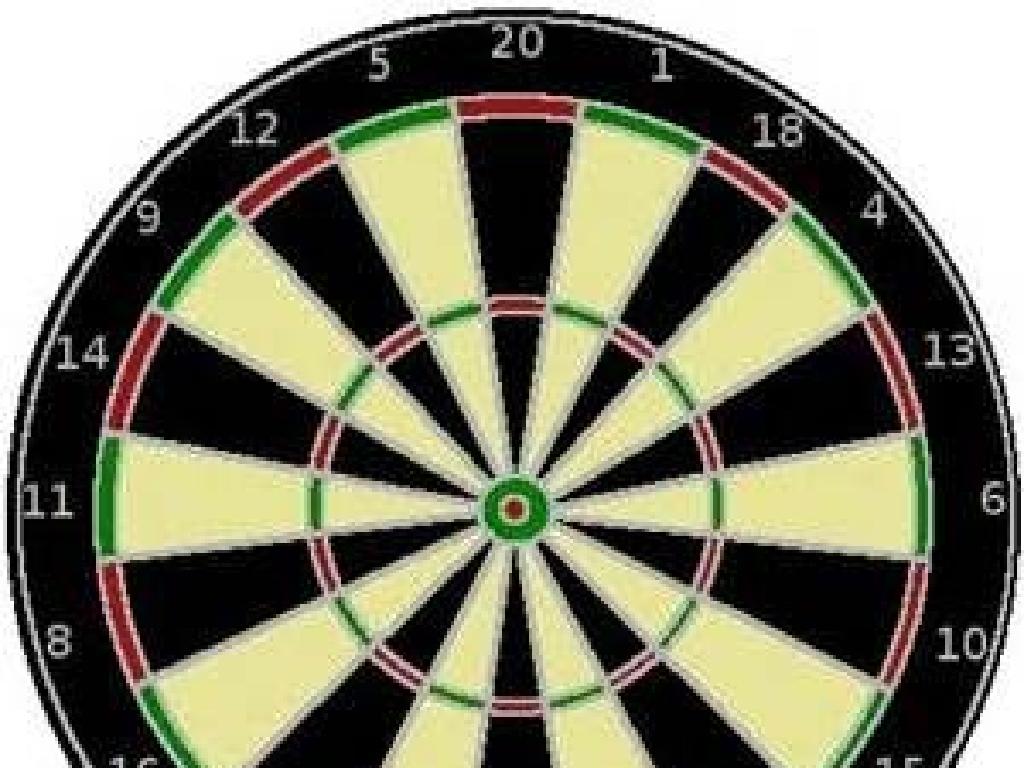Circulatory System Anatomy And Physiology
Subject: Science
Grade: High school
Topic: Health & Medicine
Please LOG IN to download the presentation. Access is available to registered users only.
View More Content
Exploring the Circulatory System
– Anatomy of the heart
– The heart’s chambers, valves, and associated vessels.
– Function of blood vessels
– Arteries, veins, and capillaries: pathways for blood.
– Circulatory system’s role
– Delivers oxygen/nutrients, removes waste, and maintains stability.
– A red blood cell’s voyage
– Follow a red blood cell through the heart, lungs, and body.
|
This slide introduces the circulatory system, focusing on the heart and blood vessels, and their crucial roles in maintaining bodily functions. Begin with the heart’s structure, explaining the roles of its chambers and valves in pumping blood. Discuss how blood vessels like arteries, veins, and capillaries create a network for blood flow. Highlight the circulatory system’s essential functions, including nutrient and oxygen transport, as well as waste removal. Conclude by tracing the journey of a red blood cell to illustrate the system’s operation. Use diagrams to enhance understanding and encourage students to visualize the process as a continuous loop vital for life.
The Heart: Our Vital Pump
– Heart’s anatomy: chambers and valves
– Four chambers (atria, ventricles) and valves ensure one-way blood flow
– Understanding the cardiac cycle
– Systole: heart muscle contracts; Diastole: heart muscle relaxes
– Heart and lungs interplay
– Heart pumps deoxygenated blood to lungs; lungs return oxygenated blood
– Blood oxygenation process
|
This slide provides an overview of the heart’s structure and function within the circulatory system. Begin by discussing the heart’s anatomy, including its four chambers the left and right atria and ventricles and the valves that prevent backflow of blood. Explain the cardiac cycle, emphasizing the difference between systole (contraction phase) and diastole (relaxation phase). Highlight the relationship between the heart and lungs, explaining how deoxygenated blood is sent to the lungs to pick up oxygen and release carbon dioxide, then returned to the heart to be pumped throughout the body. Use diagrams to illustrate these concepts and encourage students to visualize the flow of blood through the heart and lungs. This foundational knowledge is crucial for understanding the circulatory system’s role in maintaining homeostasis and overall health.
Blood Vessels: Pathways for Blood
– Arteries vs. Veins vs. Capillaries
– Arteries carry oxygen-rich blood away from the heart, veins return blood back, and capillaries connect them.
– Vessels’ role in nutrient exchange
– Blood vessels are integral in delivering nutrients to cells and removing waste products.
– Blood Pressure and its significance
– Blood pressure is the force exerted by circulating blood on the walls of blood vessels.
– Maintaining a healthy circulatory system
|
This slide aims to explain the different types of blood vessels and their functions in the circulatory system. Arteries carry oxygenated blood from the heart to the body, while veins carry deoxygenated blood back to the heart, and capillaries serve as small channels connecting arteries and veins, facilitating the exchange of nutrients and waste between blood and tissues. Blood pressure, a vital sign of circulatory system health, is the force that blood exerts on vessel walls; it’s crucial for maintaining blood flow through the body. Discuss the importance of a healthy circulatory system and lifestyle choices that can support vascular health. Use diagrams to illustrate the differences between the types of vessels and how they contribute to overall circulation.
Blood: The River of Life
– Blood composition: cells and plasma
– Blood is made up of red cells, white cells, platelets, and plasma.
– Red Blood Cells function
– RBCs carry oxygen from lungs to body and carbon dioxide back to lungs.
– White Blood Cells role
– WBCs protect against infection and fight pathogens.
– Significance in the circulatory system
|
This slide introduces students to the components of blood and their functions within the circulatory system. Blood is a vital fluid that consists of various cells suspended in plasma. Red Blood Cells (RBCs), or erythrocytes, are responsible for transporting oxygen from the lungs to the rest of the body and returning carbon dioxide to the lungs for exhalation. White Blood Cells (WBCs), or leukocytes, are the body’s defense mechanism against infections and diseases. They identify and destroy pathogens such as bacteria and viruses. The slide emphasizes the importance of these components in maintaining the health and functionality of the circulatory system. Encourage students to think about how these components work together to keep the body healthy and what might happen if one component fails to function properly.
The Lymphatic System: A Vital Ally
– Role in circulation
– Transports lymph, helps remove bodily waste and circulate white blood cells
– Lymph nodes and immunity
– Act as filters, trapping viruses, bacteria, and other invaders
– Maintaining fluid balance
– Regulates tissue fluid levels, absorbs fats from the digestive tract
|
This slide aims to educate high school students on the importance of the lymphatic system in human physiology. The lymphatic system works alongside the circulatory system to transport lymph, a fluid containing white blood cells that are crucial for immunity. Lymph nodes, scattered throughout the body, serve as checkpoints for filtering harmful substances and are integral to the body’s defense mechanisms. Additionally, the lymphatic system plays a key role in maintaining fluid balance within the body by returning excess tissue fluid to the bloodstream and facilitating the absorption of fats. Understanding the lymphatic system’s functions provides insight into how the body maintains homeostasis and combats illness.
Circulatory System Disorders
– Common circulatory diseases
– Examples: Hypertension, Atherosclerosis, Arrhythmia
– Prevention & treatment strategies
– Healthy diet, regular exercise, medication adherence
– Lifestyle’s impact on circulatory health
– Smoking, diet, stress levels directly affect circulatory health
|
This slide aims to educate students on the various disorders that can affect the circulatory system, with a focus on common diseases such as hypertension, atherosclerosis, and arrhythmia. It’s crucial to discuss how these conditions can be prevented and managed through lifestyle choices and medical interventions. Emphasize the importance of a healthy diet, regular physical activity, and adherence to prescribed medications. Highlight how negative lifestyle factors like smoking, poor diet, and high stress can lead to circulatory health issues. Encourage students to think critically about their lifestyle choices and their long-term impact on health.
Class Activity: Simulating Circulation
– Build a model of the circulatory system
– Trace blood flow through heart chambers
– Follow the path: right atrium right ventricle lungs left atrium left ventricle body
– Objective: Visualize circulatory dynamics
– Discuss observations and learnings
– Share insights on how the system efficiently circulates blood
|
This activity aims to provide a hands-on experience for students to understand the circulatory system’s anatomy and physiology. Students will create a physical model to trace the flow of blood through the heart’s chambers and the rest of the body. The teacher should prepare materials for the model in advance and guide the students through the construction and simulation process. Possible activities include: 1) Using colored water to represent oxygenated and deoxygenated blood, 2) Creating a heartbeat effect to show how blood is pumped, 3) Mapping out the circulatory system on a large poster, and 4) Having students use straws to simulate blood vessels. The teacher should ensure that each student can identify the main components of the system and understand the blood flow sequence.






